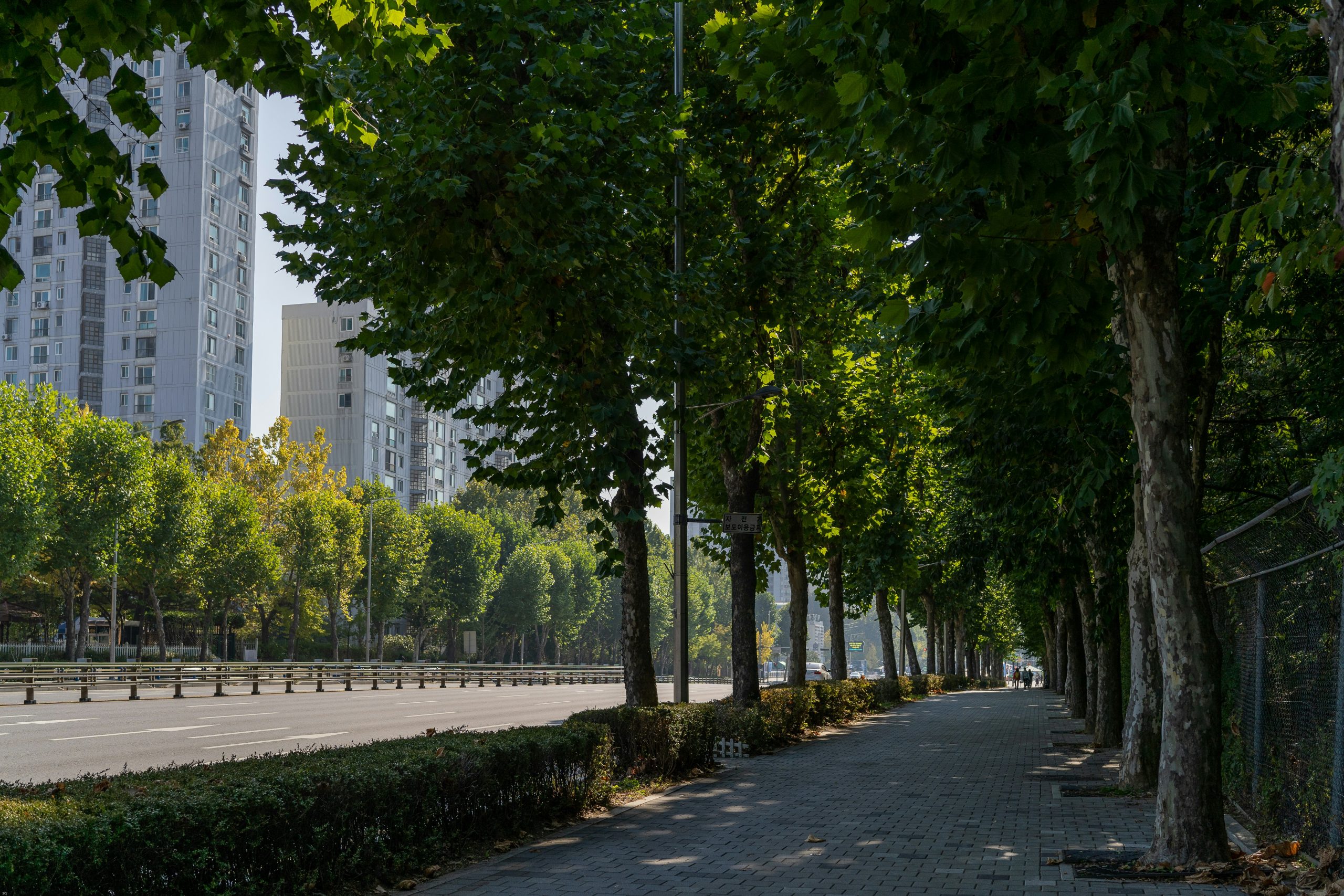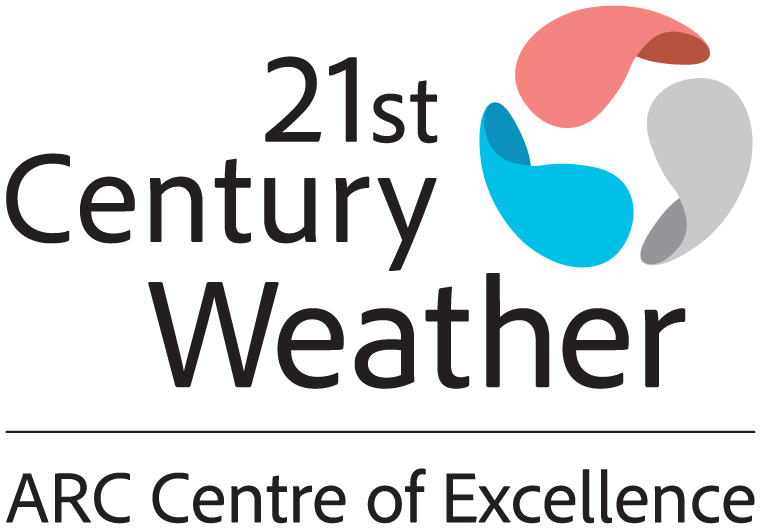
Plant trees, add solar: How cities can fight urban heat
A combination of tree cover at street level and rooftop solar panels may be the best approach to combat urban heat in a warming climate, new research has indicated.
Scientists from Canada, the United States, Spain and Australia looked at how three cities with different climates – Phoenix, Toronto, and Miami – can deal with more frequent and intense heatwaves this century.
The team used advanced computer models to study how well things like street-level trees, cool roofs, green roofs, rooftop solar panels, and reflective pavements may help with outdoor heat, energy use for air conditioning (AC), and air pollution during both current and future heatwaves.
The research team, including 21st Century Weather Chief Investigator Negin Nazarian of UNSW, found that increasing street trees could be the most helpful adaptation approach.
While trees slightly reduce air circulation (which can affect pollution levels), trees provide shade and reduce heat for people walking outside, working four times better than any other method. In fact, their addition may completely cancel out the increase in heat stress expected by the end of the century if emissions stay high.
Solar panels on rooftops, when combined with thermal ‘batteries’, can create enough electricity to run air conditioning. Cool roofs and green roofs help somewhat, but not as much. Reflective or ‘cool’ pavements were projected to be the least effective of the approaches considered.
In areas where air pollution near the ground is not a big issue, combining street trees and rooftop solar panels was the best approach in all three cities.
What’s new?
This is the first time a detailed street tree model (called BEP-Tree) has been used with the Weather Research and Forecasting (WRF) climate model to study how trees affect heat and pollution in these kinds of future scenarios. One big takeaway is that no single strategy is perfect—each has trade-offs, and the best approach depends on the city and neighborhood.
Trees help mainly by providing shade, but in some climates, they also cool the air by releasing moisture. Although this moisture can slightly raise humidity, the overall effect is still a drop in how hot it feels. Planting more trees also helps cut down on AC energy use, which is a bonus.
Trees have other known benefits like improving mental health, encouraging people to spend time outside, and managing rainwater. One potential downside is that trees can reduce air flow, which may trap pollution emitted from car tailpipes, but these emissions will drop as we move toward electric vehicles.
As for solar panels, they don’t cool the air much, but if used widely across rooftops with energy storage, they can provide enough power to meet AC needs during heatwaves in all three cities.
Cool roofs work especially well in cooler or drier cities like Toronto and Phoenix. Green roofs also help by insulating buildings, especially during peak heat hours later in the day. However, in this study, they didn’t cool the air much, in part because they weren’t assumed to be heavily watered. Reflective pavements helped cool the air but reflected sunlight at pedestrians and buildings, making it more uncomfortable for pedestrians during the hottest times and increasing energy use for cooling of indoor spaces.
Key takeaways
Overall, the best combination was street trees and rooftop solar panels. Together, they reduce how hot it feels outside and how much grid electricity is needed for cooling. While trees can shade the solar panels a bit and make them slightly less efficient, the overall benefits are strong. Furthermore, trees remove carbon dioxide from the atmosphere, while solar panels prevent carbon emissions, helping to fight climate change in the long run.
The second-best combination was street trees with cool roofs. The study also found that planting trees on the north side of east-west streets gave the most shade during the hottest times of the day. However, where trees are planted should also consider air flow to avoid trapping pollution and heat.
It’s important to remember that this study only looked at three outcomes. Other factors like costs, maintenance, health impacts, and water management also matter but weren’t fully explored. Personal actions (like staying indoors or using fans) also help during heatwaves but weren’t part of this study. Future research should combine all these factors to give cities a fuller picture of how to adapt.
Still, the results clearly show that planting more trees and installing rooftop solar panels is one of the best ways to help cities deal with extreme heat, regardless of climate or neighborhood type.
The results have been published in the journal PNAS (Proceedings of the National Academy of Sciences of the United States of America) and are available here.
This article was written using a combination of human and artificial intelligence
